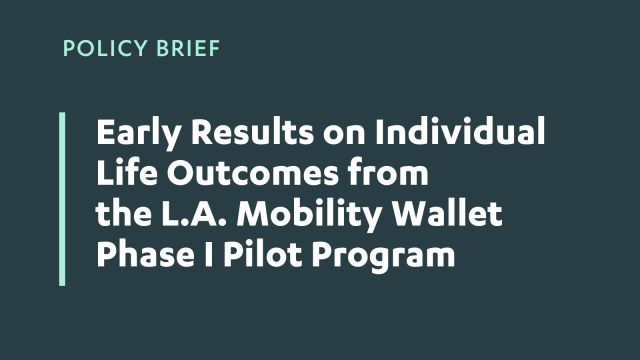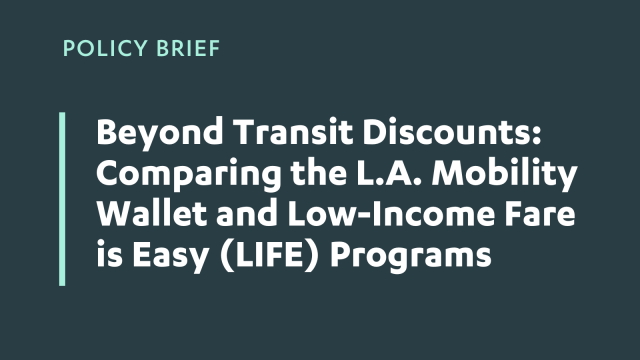Can Subsidized Carshare Programs Enhance Access for Low-Income Travelers?
Problem, research strategy, and findings
Carsharing programs—subscription-based car rentals—allow users to purchase only the automobility that they need. These programs may benefit low-income travelers by increasing access at lower prices than private auto ownership. Most carshare programs, however, disproportionately serve higher-income drivers. To assess carsharing’s potential to address the accessibility needs of disadvantaged households, we interviewed members of BlueLA, an electric carsharing program in central Los Angeles (CA) that offers both subsidized and regular memberships. We found few differences in how travelers with different membership types used BlueLA. They both used the service to complement travel by other modes like public transit and ridehail. In addition, members cited the benefits of gaining car access without the financial burden of car ownership or the unpredictability of ridehail fares. Neighborhood context, including residential density and the availability of non-automobile transportation options, also increased BlueLA’s appeal. However, due to limited and unreliable vehicle availability, most users did not rely on BlueLA for time-sensitive trips. BlueLA both eased and increased access to destinations outside of the commute and complemented public transit for subsidized and regular members.
Takeaway for practice
Services like BlueLA cannot meet all transportation needs. However, subsidized electric carsharing—particularly targeted to central-city neighborhoods—may address some accessibility needs of low-income households without imposing the burdens of automobile ownership.



